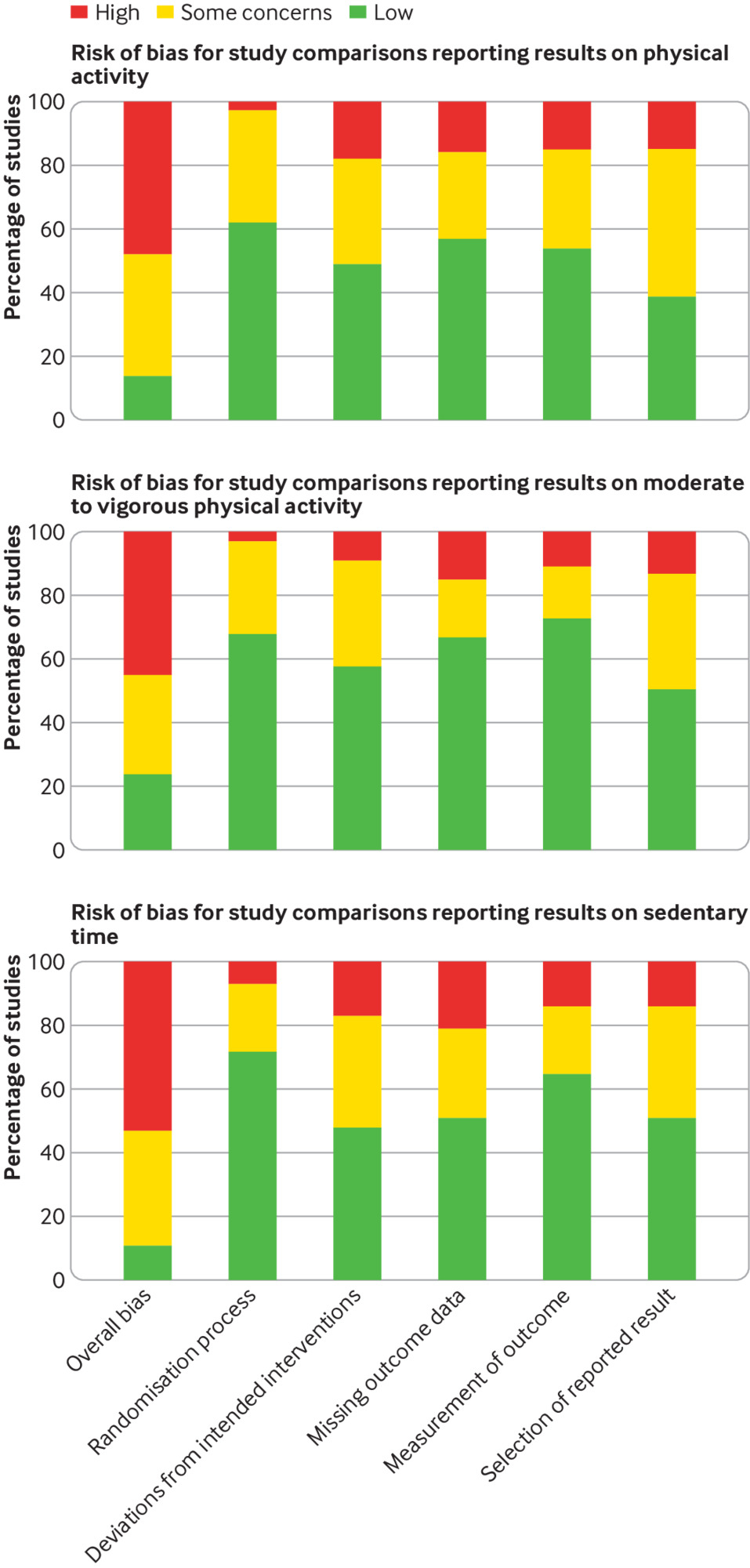By Mikko Kähkönen, Global Head of Card Products, Giesecke+Devrient
In recent years, global brands have resonated so well with consumers that they have become a way of life. Last year, Apple brand loyalty reached a record 92 percent, as the tech giant focuses on delivering unique user experiences and promises continuous innovation. As such, like-minded groups of people identify with the company’s purpose and vision and naturally become strong advocates. Financial services can use this positive word of mouth as another form of marketing to build, interact and grow from their own evangelistic community, just as technology companies have benefited from this growth in the past.
Lifestyle branding is growing among younger generations, such as digital native Gen Z, as they prioritize self-expression and listen to influencers’ recommendations. While advertising and TV shopping defined the pre-social media era, social influencers are shaping the buying decisions of the new generation, with the market growing from £1.7bn in 2016 to a staggering $16.4bn projection this year. Perhaps unsurprisingly, the financial world is looking to capitalize on this trend. Brand expert Apple has even ventured into this space with the launch of a unique titanium credit card that allows consumers to harness individuality in their lifestyle. How are banks and fintechs approaching lifestyle banking, with customer experience at the heart of these strategies?
Design is key
It is important for banks and fintech companies to focus on a holistic, engaged approach that improves the customer experience, and there are many examples of a successful strategy that puts the customer first. Monzo is one example of an app-based challenger bank that aims to disrupt the traditional way of banking by focusing primarily on the demands of its customers. Its extremely colorful bank card means it has a distinctive look. The bank’s head of design, Hugo Cornejo, described it as a deliberate move to grab people’s attention and create discussion when they were committed to making purchases.
This strategy reflects a brand that truly understands its desired customer base. Understanding consumer motivations will enable banks and fintechs to choose the right design elements for their bank cards, as they are a physical symbol of the lifestyle they promote.
This is just one example of how a card can improve someone’s lifestyle. The design could reflect exclusivity, innovation or sustainable practices for clients who want to support green initiatives. For example, a metal card is resistant to a fast-paced lifestyle; it is defined by its longevity and extremely elegant design. Eco-friendly cards made from 100 percent recycled ocean-derived or bioplastics may also resonate with environmentally conscious consumers, which is especially important since a 2020 report found that 73 percent of Gen Z were willing to pay more for sustainable products. A further study also found that nearly 90 percent of Gen X consumers would be willing to spend 10 percent more on more sustainable products.
In addition to design, communication with consumers is critical, as social channels are now a key medium to drive conversations with younger customers. For example, the launch of digital US bank Step was promoted on TikTok by leading influencer Charli D’Amelio and gained the support of celebrities such as rapper Nas. For younger consumers who are not interested in finance, harnessing the power of social media and influencer marketing will help resonate with their interests.
In addition to efficient and sustainable bank cards that can also be personalized to reflect the tastes and personal interests of the consumer, digital applications will enable efficient online experiences as part of a combined “phygital” approach where digital and physical experiences are combined. This will be critical as more consumers decide when they want a physical or digital touchpoint, banking where the customer is.


